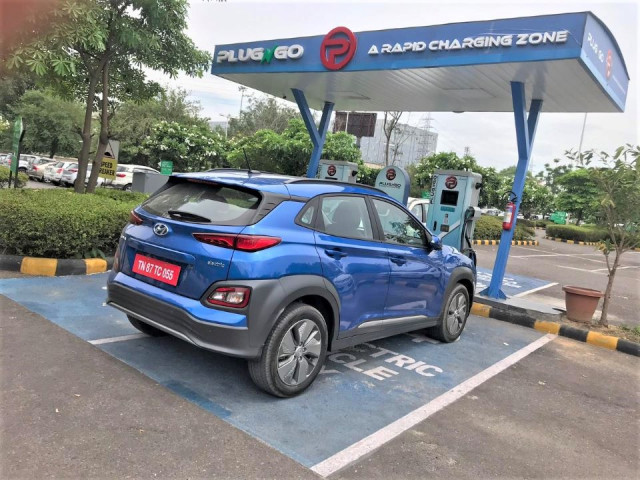According to a recent research note published by ICRA Research, asset utilisation remains to be a key factor for operating viability of EV charging stations in India. The study estimates that it would take about 4 years for a public EV charging station to breakeven, based on current expectations of EV penetration and commensurate asset utilisation of 30 percent in 4 years, without accounting for any subsidy.
The EV charging infrastructure business is capital intensive. Even excluding land, the initial upfront cost is approximately ₹ 29 lakhs without subsidy. This apart, the operating costs are over ₹ 10 lakh per year, thus making asset utilization critical, notes the latest study.
Further, the localization of charging station equipment is just 10-15 percent currently, with the hardware components largely imported from China and Taiwan. Higher localization can have cost savings in this regard.
The research note acknowledges that the policies of both Union government and several state governments aim to proactively promote more EV charging stations, with a sizeable part of the population expected to have charging infra access in the next 3-5 years.
Shamsher Dewan, Vice President and Group Head, ICRA says, "India remains a laggard in EV charging infrastructure penetration. However, like most global counterparts, the policy push has been strong in India as well, to increase the number of EV charging stations. To capitalise on the potential opportunity in the space, several PSUs and private players have also announced plans to foray into charging infrastructure."
On the viability aspect of EV charging stations, he adds, "Battery-swapping is an alternative solution instead of developing EV charging infrastructure, especially for commercial applications. This is also currently in nascent stages in India. Battery swapping is advantageous – it is a quick way of recharging a vehicle and is cost and time efficient. It reduces the upfront cost of EV, as battery ownership is replaced by battery leasing".
Dewan further says that there is an increased predictability of battery life due to controlled charging conditions. However, ensuring interoperability, adequate financing availability and maintaining sufficient battery inventory can prove to be challenging.
ICRA Research expects a healthy EV penetration in India over the next five years, especially in the e-2W, e-3W and e-bus segments. The penetration of e-2Ws is expected to be at about 13-15 percent of new vehicle sales by FY 2025. Likewise, the e-3W and e-bus segment penetrations are expected to be greater than 30 percent and about 8-10 percent of new vehicle sales respectively by FY 2025.
However, in order to achieve healthy EV penetration, expansion of charging infrastructure will play a critical role. Currently, there are less than 2,000 public charging stations in India, with concentration in a few states and that too primarily in urban areas, it adds.
Read More

